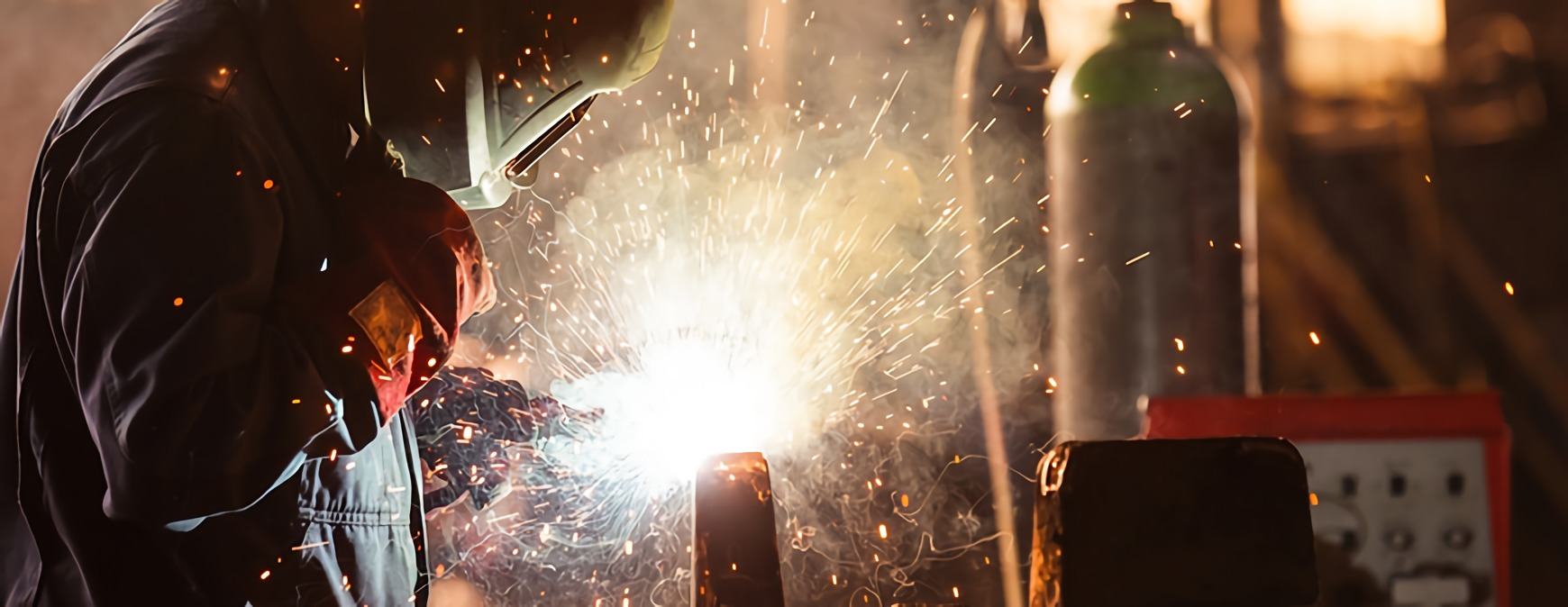TWS is a Great Training Option for Everyone
Learn more about how we can prepare you to advance your career.
Good starting salaries and a projected job growth that’s faster than average can make ironworking a good career choice for those with the right training and qualifications. As the nation’s bridges and highways age, demand will increase for those with the skills needed to build and maintain America’s infrastructure. 1
What Does an Ironworker Do?
Ironworkers help reinforce bridges, roads, and buildings. They are the men and women who build the steel and iron framework that supports this type of construction. They often work high up in the air and lift and maneuver heavy pieces of metal, such as beams and girders. They fasten structures together using bolts or welds, and they cut through metals with lasers or special shears. Together, these tradespeople constructed the buildings, bridges, and monuments that define the modern American landscape.
As an Ironworker, you’ll use tools like soldering irons, metal shears, and rod-binding machines to cut, bend, and weld iron and steel. You’ll read layouts and blueprints, connect iron and steel with wire, bolts, or welds, and you may be responsible for directing crane operators to help them position heavy materials safely. 2
What Is the Industry Outlook for Ironworkers?
The Bureau of Labor Statistics reports a median national salary of $49,970 per year for Ironworkers as of 2015. Projected overall job growth rates for Ironworkers are 9 percent through 2024 faster than average. 3 The title of Ironworker is broad, and many specialties fit in to this category some with much faster growth rates than others. For instance, the highest job growth, up to 23 percent, will fall to Reinforcing Iron and Rebar Workers (47-2171). The category of Ironworkers also includes Structural Iron and Steel Workers (47-2221), a career that has a median annual wage of $50,490 as of 2015. 4
Have You Considered a Career in the Skilled Trades?
Fill out the form to recieve a no obligation info packet.
How Do You Become an Ironworker?
Graduating from high school or obtaining a GED is the first step toward becoming an Ironworker. Taking courses in math and getting welding training will be beneficial according to the Bureau of Labor Statistics. You could also increase your employability as an Ironworker by pursuing certifications in crane signaling, welding, and rigging, and by being willing to work in larger metropolitan areas. 4
If you have already decided on learning a skilled trade, a career in ironworking may be a solid choice. A highly regarded and respected profession since at least the late 1800s, Ironworkers—or “cowboys in the sky”—have a long and tenured reputation for helping to build the foundation of America. 5
1 – http://www.bls.gov/ooh/construction-and-extraction/structural-iron-and-steel-workers.htm#tab-6
2 – http://www.bls.gov/ooh/construction-and-extraction/structural-iron-and-steel-workers.htm#tab-2
3 – http://www.bls.gov/ooh/construction-and-extraction/structural-iron-and-steel-workers.htm#tab-1
4 – http://www.bls.gov/ooh/construction-and-extraction/structural-iron-and-steel-workers.htm#tab-5
5 – http://www.ironworkers.org/who-we-are/history






